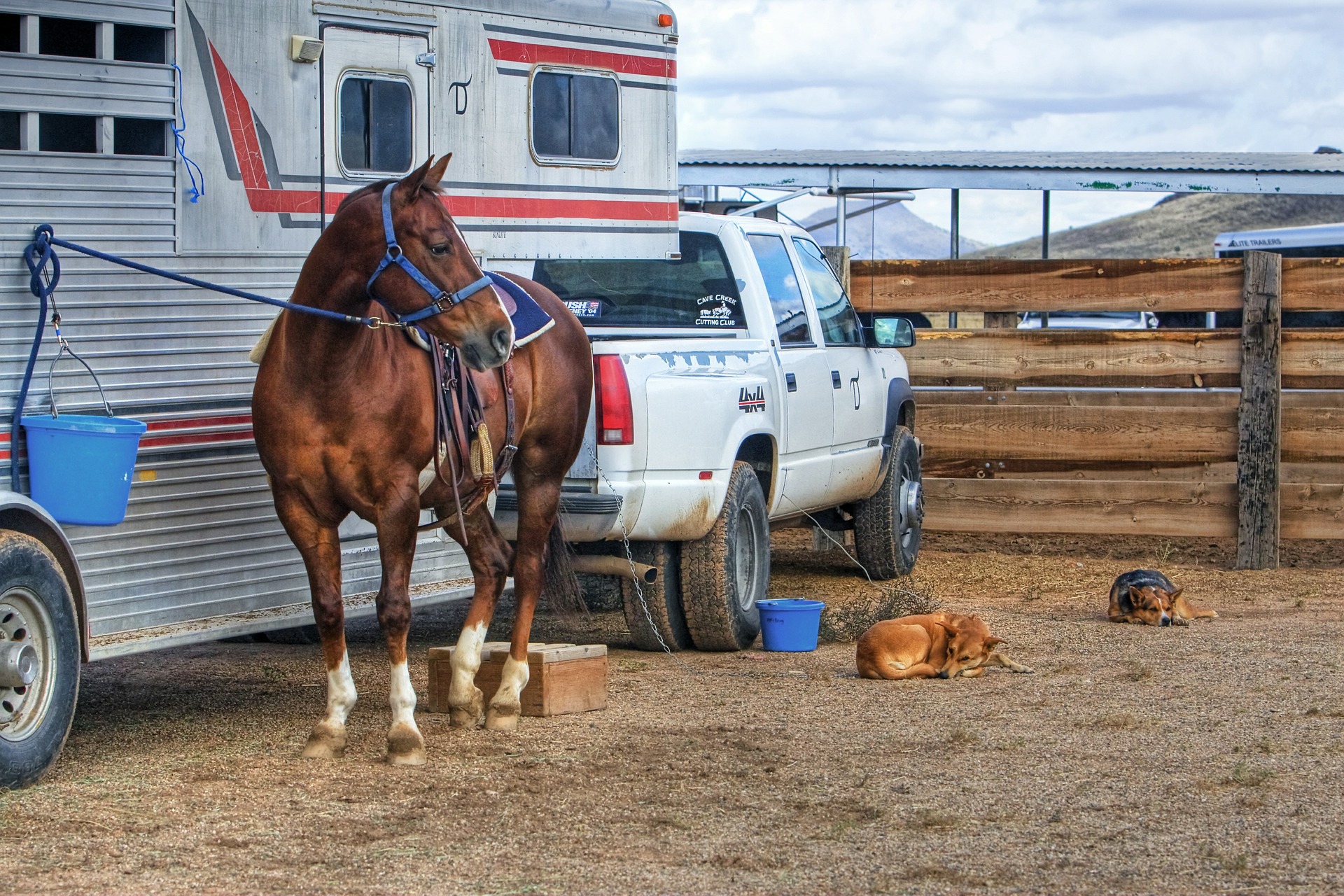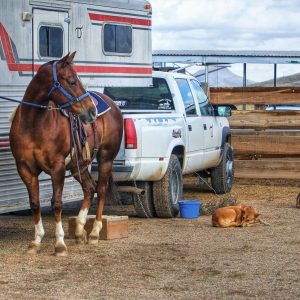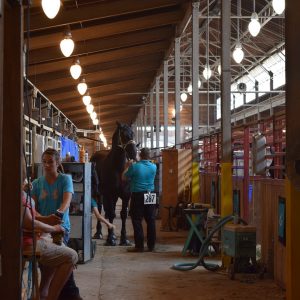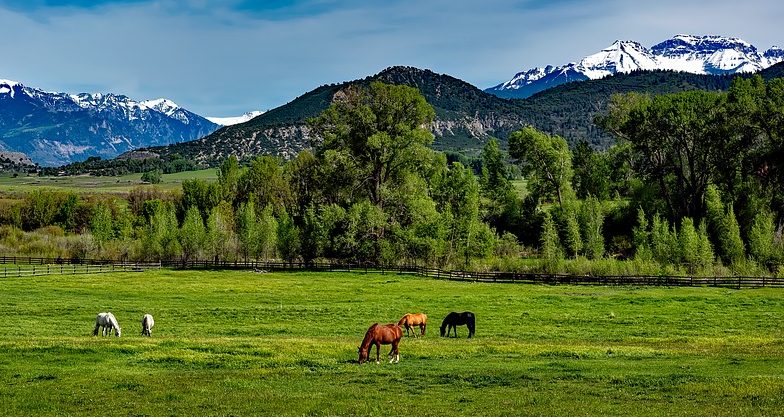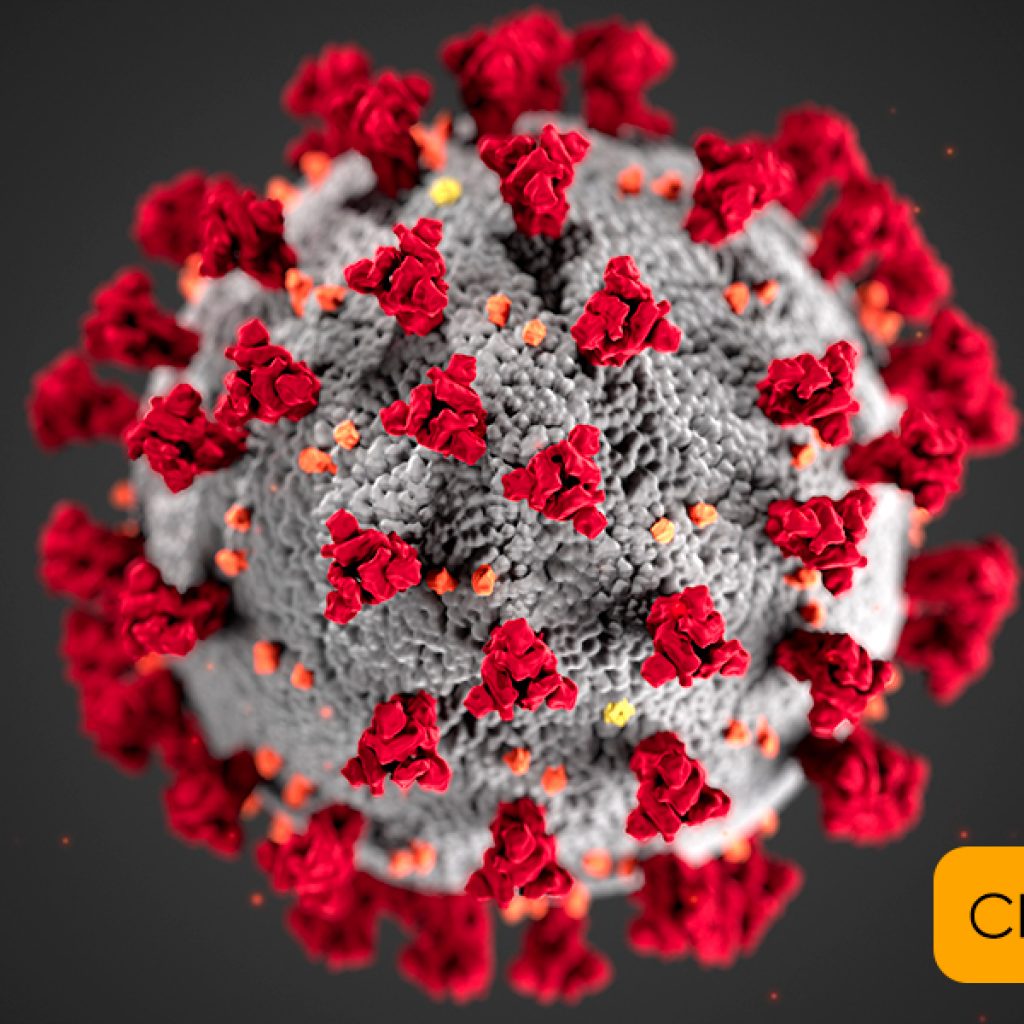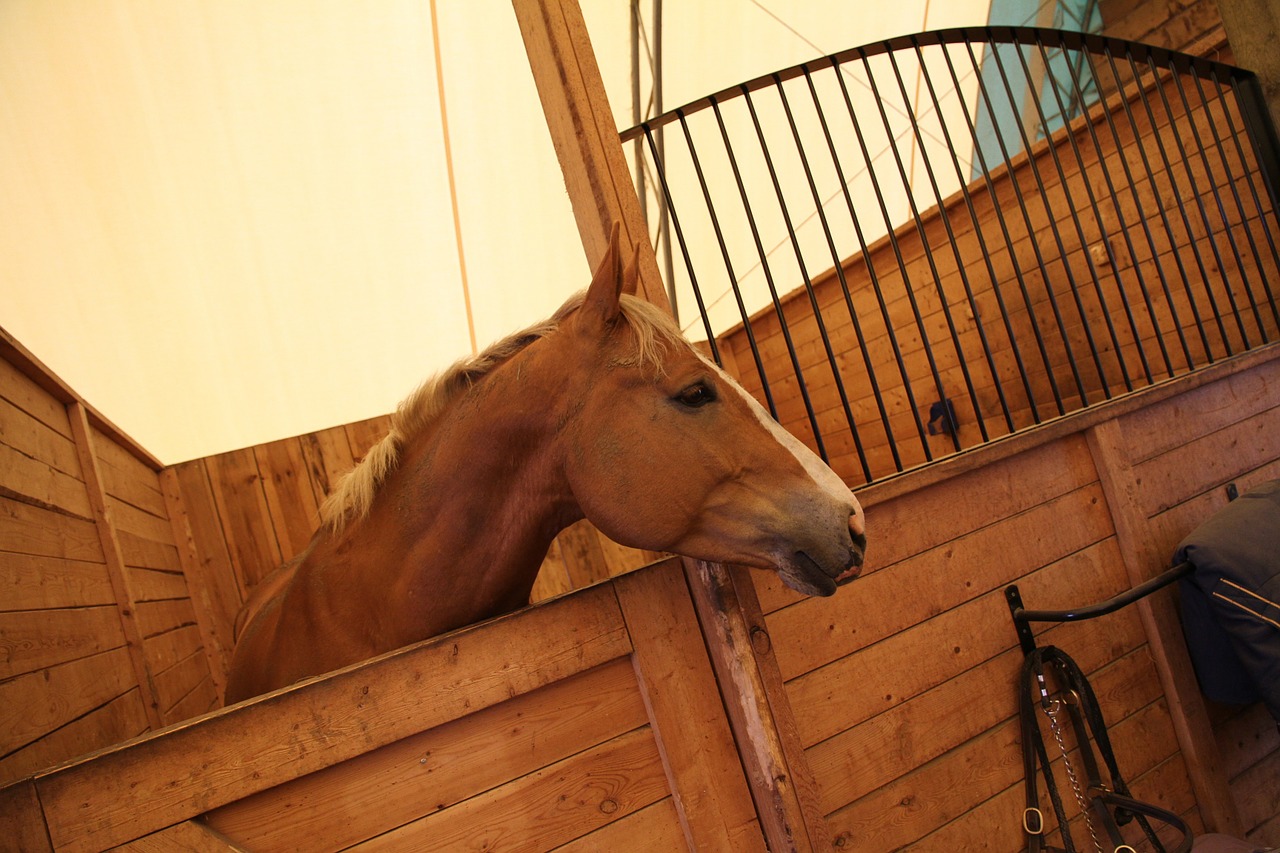Should my horse get a strangles vaccine?
Most horse people are familiar with the dreaded “s- word”: strangles. But if there is a strangles vaccine available, why isn’t vaccination essential for all horses, like the rabies vaccine?
What is strangles?
Equine strangles is caused by infection with the bacteria Streptococcus equi var equi, causing mild to severe upper respiratory infection. Complications from infection can occasionally be fatal, but most horses fully recover. Strangles is a high morbidity disease, meaning it is extremely contagious in susceptible populations. Proper biosecurity measures are crucial to limit the scope of an outbreak.
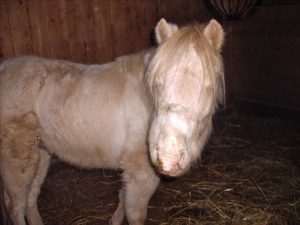
Signs of strangles include fever, swelling of the lymph nodes (especially in the throat latch area), loss of appetite, cough, and significant mucoid yellow nasal discharge. The bacteria mobilize to the lymph nodes and causes intense immune response, so frequently these lymph nodes abscess open and drain. The term strangles originated from the harsh respiratory noise heard when severe swelling and lymph node abscesses can impair the horse’s ability to breathe.
Most infected horses respond well to supportive care. Supportive measures include anti-inflammatories, hot-packing of abscesses, and rest. More severe cases may benefit from hospitalization and antibiotics. To prevent the spread of strangles, hospitalized cases are managed in the isolation unit.
How does strangles spread?
Strangles is easily spread by horse-to-horse contact and via contaminated surfaces, such as handler clothing and hands, grooming equipment, and water troughs. Most horses will clear the infection within 3-6 weeks, but it is possible for some horses to recover fully and remain shedders of strangles. These horses appear healthy but will shed the bacteria and continue to infect other horses. Upon recovering from strangles, horses will be protected against reinfection for variable periods of time, sometimes even a few years.
Strangles vaccine options
Two types of strangles vaccines are available. One is a “killed” vaccine, meaning it contains dead/inactivated strangles. This vaccine is administered intramuscularly. Killed vaccines produce a weaker immune response, so it is still possible for a horse vaccinated with this vaccine to develop strangles if exposed. Per the American Association of Equine Practitioners, the killed vaccine should not be expected to prevent disease. It may be effective in lessening the severity of infection. There is also an increased risk of vaccine site reaction with this product.
The second type of vaccine is called a “modified live” vaccine. This vaccine type uses a weakened form of strangles to stimulate a stronger immune response. In order to accomplish this, the vaccine is administered intranasally to target the same tissues as natural strangles infection. However, it is also possible for this modified live vaccine to cause lymph node abscesses, much like natural strangles infection. Horses that have natural immunity to strangles (those who have recovered from infection) have a higher risk of adverse reactions to strangles vaccination.
Should my horse have the strangles vaccine?
The take-home point is that we currently lack a perfect strangles vaccine. If your horse is in a high-risk population, discuss the pros and cons of strangles vaccination with your veterinarian to evaluate if strangles vaccination is worthwhile. It is important to remember that vaccination does not guarantee that your horse will not get strangles. Proper biosecurity is essential to prevent and limit strangles outbreaks.


